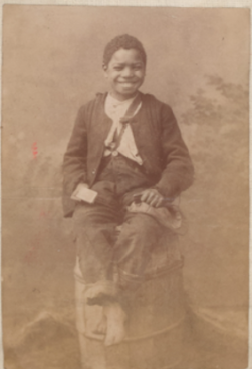Cheadle Fetes and Festivals: 1921 and Now

The final plans are currently being put in place for the Join Together Festival this weekend which continues the long tradition of summer celebrations, festivals and fetes run by the Charity since it’s inception in 1870. Before the Charity’s move to Cheadle, garden fetes were held by individual services to raise funds, such as those undertaken by the Charity’s Bethesda Home then based in Salford for children with disabilities, and by the seaside convalescent home in Old Colwyn. The purchase in 1920 of over 20 acres of land in Cheadle provided the perfect opportunity to hold a larger celebration. By May 1921 the Charity’s magazine put out a call for flags and bunting to help decorate the house and grounds for the event. The first fete in Cheadle took place on 23 July 1921 opened by Lord Mayor of Manchester and saw 2000 people pass through making £858 9s 1d. Unfortunately, the weather wasn’t kind and despite a glorious summer, the day itself brought rain. An account of the various ...










